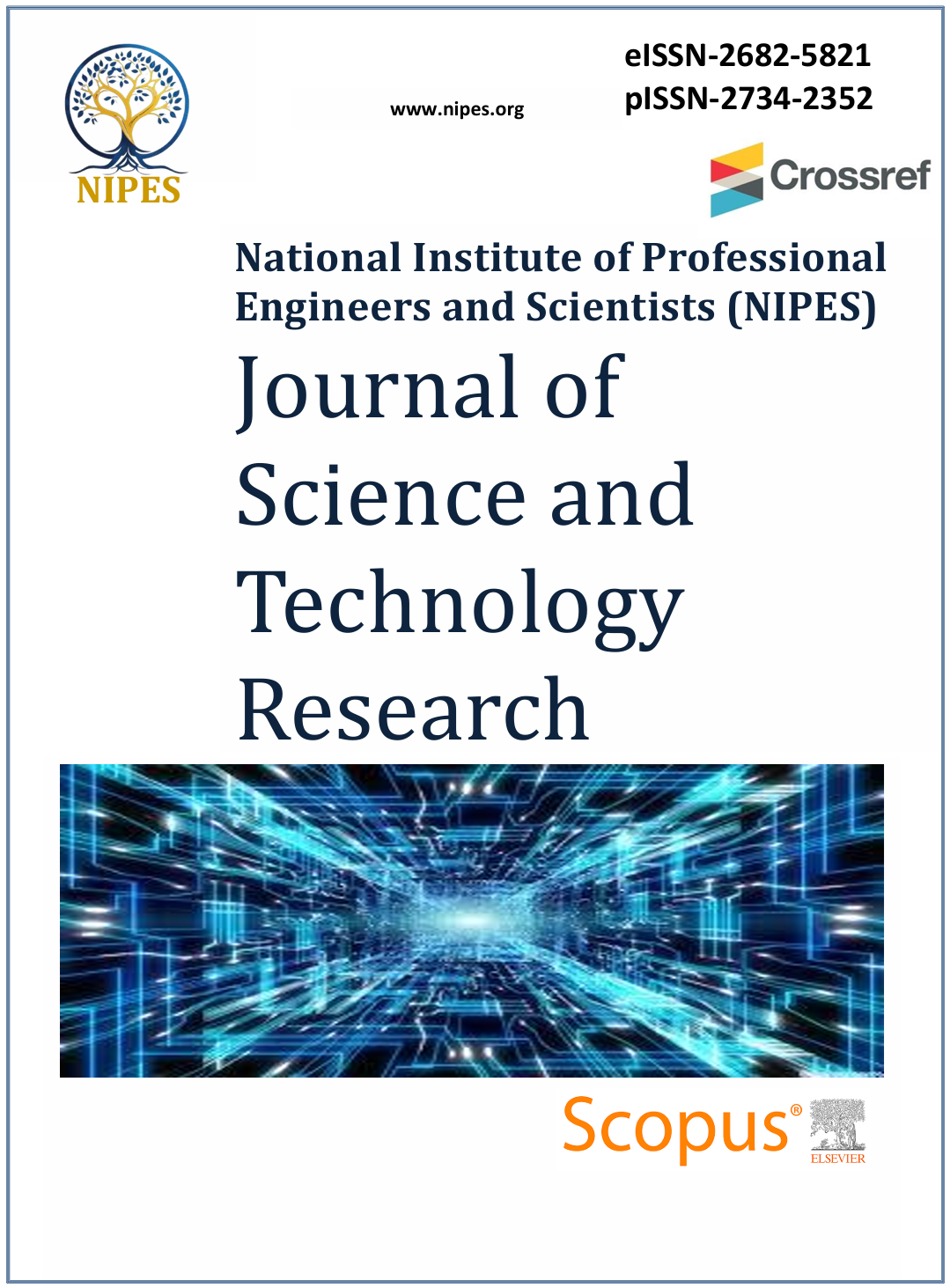Rain Attenuation and Parameterization of Rainfall Microstructure using a Vertically Pointing Micro Rain Radar in Tropical Regions
DOI:
https://doi.org/10.5281/zenodo.10543634Abstract
At Akure (Lat 5° 15'E, Long 7o 15'N) in South-Western Nigeria, Micro Rain Radar was used to measure the vertical profiles of rainfall characteristics including drop size distribution, rain rate, liquid water content, fall velocity, and radar reflectivity during the rainy periods of August and September 2014. These parameters' vertical distributions at various heights and the predicted attenuation were shown for the range of 0 to 4800 m. 30 range gates with a 160 m height step are used for the measurement. We assessed how drop size distribution, rain rate, and liquid water content varied with height. The results obtained show a good correlation between the measured parameters, demonstrating that specific liquid water content increases with increasing rain rate for both stratiform and convective rain types in this region of the world. Estimation of the Liquid Water Content (LWC) with heights reveals that stratiform rain for all the estimated heights contributes more to the rain event. The predicted rain attenuation time series which is also a function of rain rate (RR) varies in a similar pattern and its effect is higher at the ground level that at high altitudes.






